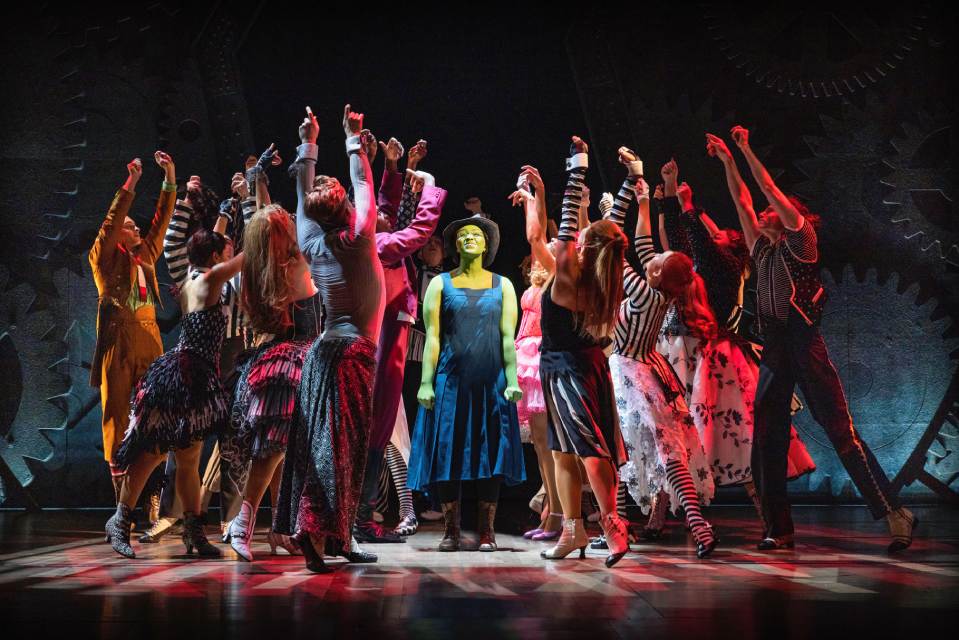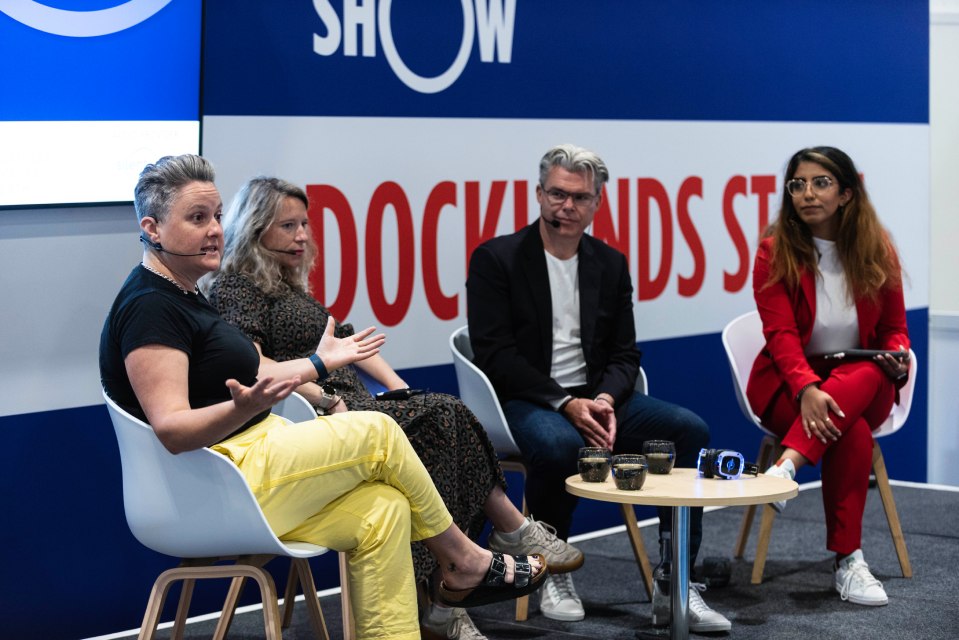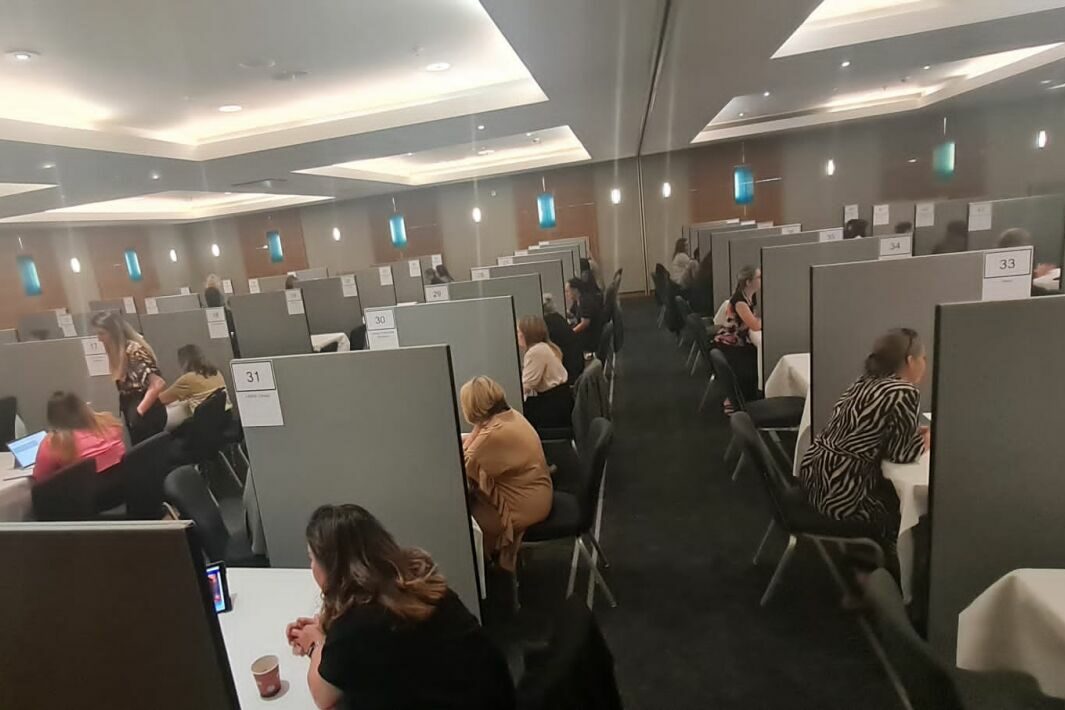Sleep monitors, sleeping pills, sleep consultants: in the US alone, it was estimated that $32.4 billion was spent in 2013 on things that help us get some shut-eye. There are however simple tricks that can help you fall asleep quickly ? and they don?t cost a thing:
Switch off all electronic devices
Light plays such a forceful role in our sleeping patterns. Banning smartphones, tablets, and even bright electronic alarm clocks from your bedside table will help you enjoy bask in a sleepy haze of melatonin at nighttime. It will also mean that you can?t pick up or respond to that email from your boss at 2am.
The 4-7-8 technique
Pioneered by Harvard-trained holistic health doctor Andrew Weil, this technique is a powerful method because it delivers more oxygen than normal breathing to the parasympathetic nervous system, which becomes overstimulated during times of stress.
Simply lightly touch the ridge of tissue behind your top front teeth with your tongue, exhale completely, and then adopt the following breathing pattern:
– Breathe in through your nose quietly for a count of 4
– Hold your breath for a count of seven?
– Blow air out through your mouth for a count of 8, making a ?whoosh? sound?
– Repeat the process three more times
A good pillow
You?re supposed to use a pillow when you go to bed. What you might not know, however, is where. Research suggests they can also be used for other parts of your body, not just your head. For example, when lying on your side, consider popping a pillow between your legs. This will stop the higher leg from pulling around, putting stress on the spine and hip. Finding the perfect pillow is also key. Synthetic pillows should be replaced every six months to a year, down and feather pillows every two to five years.
Consider alternative therapies
For sleep problems related to lifestyle, there is anecdotal evidence that therapies such as acupuncture and massage may be beneficial. The new trend to try is a traditional Chinese cure for insomnia is acupressure (like acupuncture but without the needles). Apply pressure to the specific parts of the body that are believed to promote sleep when touched. Press and then massage select areas of the body, including the indent between the top of your nose and your eyebrows.
Hot water bottle
When the body falls asleep and its systems switch to standby, its core temperature drops. By preparing a sleep environment that?s around the 65-degree mark, you will help your body?s core temperature to quickly and naturally reduce ? which will then create the effect of drowsiness. A hot water bottle can help. Place one next to your feet. The heat will rapidly dilate blood vessels in your lower limbs, helping the body to redistribute heat from your core to your extremities.
Eat snooze foods
Several foods promote sleep by helping to optimise the release of melatonin. Turkey and warm milk contain tryptophan, while honey contains orexin, which reduces alertness. Marmite, almonds, camomile and oatcakes are also good, and bananas have high levels of serotonin and magnesium.
Read the full article at: http://goo.gl/4Majg6








